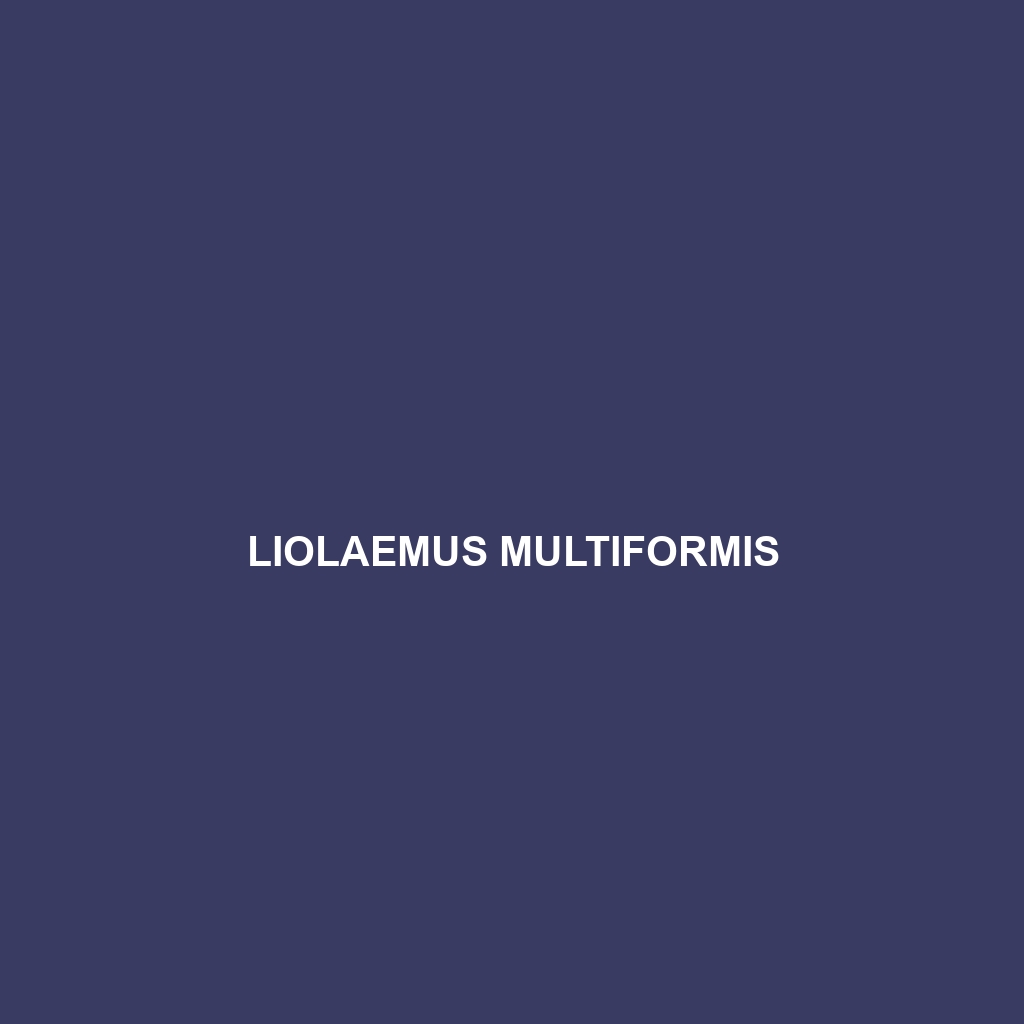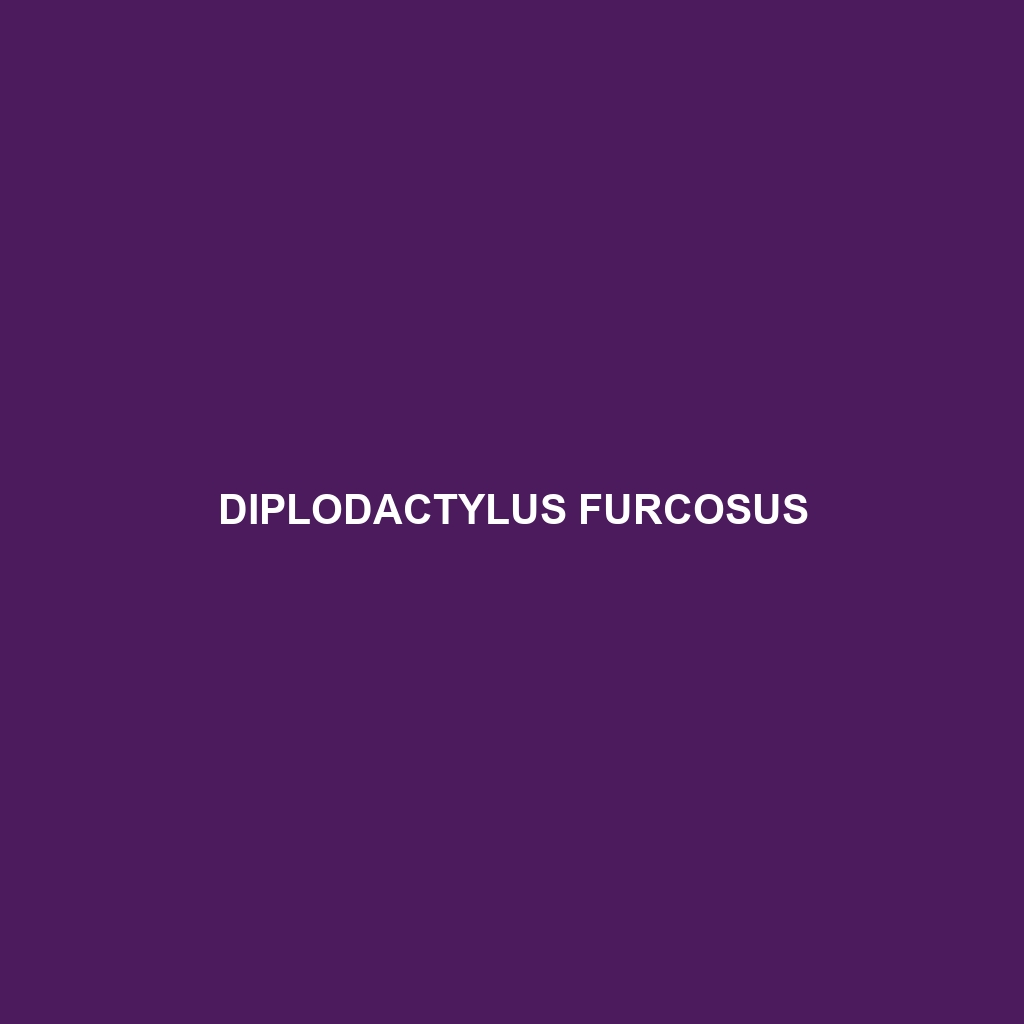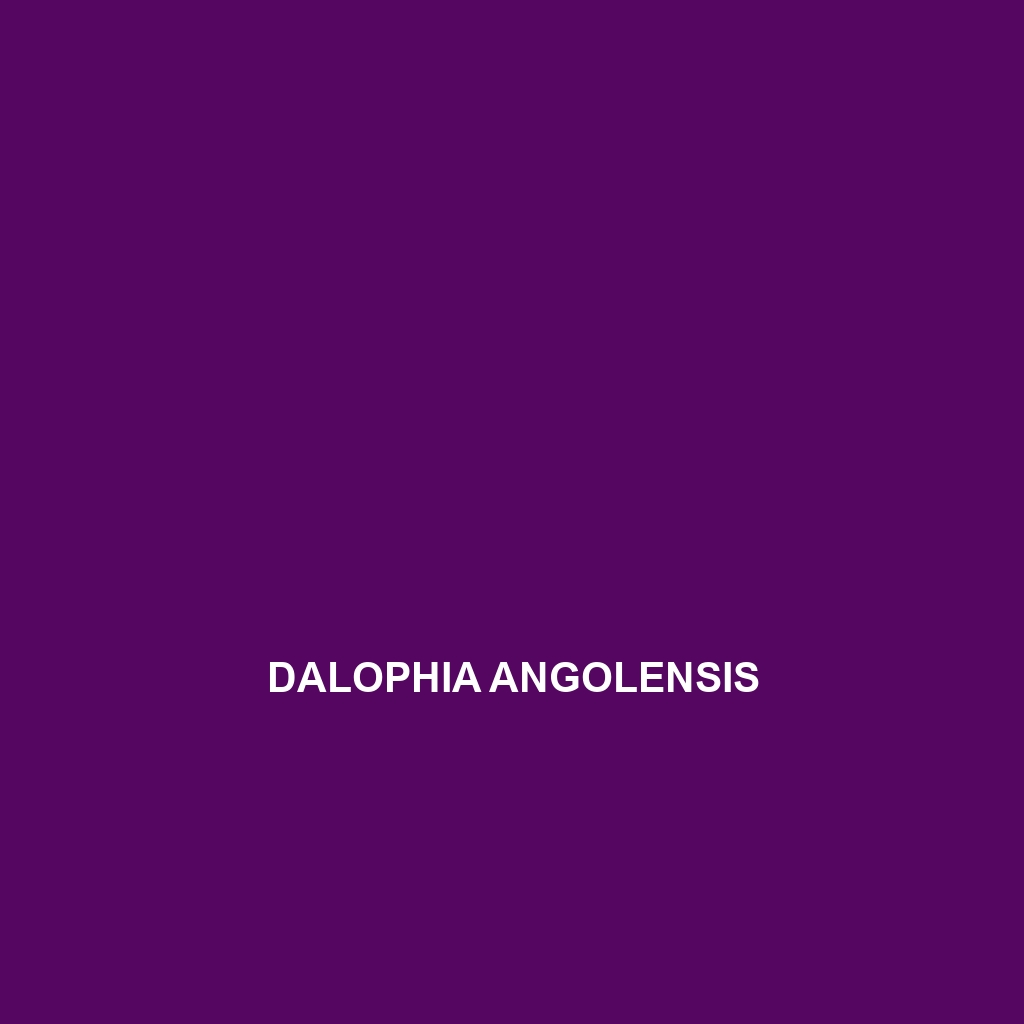<p><b>Podarcis muralis</b>, commonly known as the wall lizard, is a diurnal species found across Southern Europe in rocky areas, gardens, and urban settings. Measuring 15 to 25 cm in length, these lizards exhibit varying coloration, a carnivorous diet primarily consisting of insects, and play a crucial role in controlling pest populations within their ecosystems.</p>
Tag: rocky habitat reptiles
Phrynocephalus sakoi
<b>Phrynocephalus sakoi</b> is a medium-sized, insectivorous lizard from the arid regions of Central Asia, featuring a robust, flattened body and remarkable adaptations for desert survival, such as color-changing abilities and effective hunting strategies. This species thrives in sandy habitats with minimal vegetation, playing a crucial role in controlling insect populations and supporting its ecosystem.
Liolaemus multiformis
<p><b>Liolaemus multiformis</b> is a striking lizard species native to the temperate forests and savannas of South America, particularly in the Andes. Ranging from 10 to 20 cm, these diurnal reptiles exhibit vibrant colors and intricate patterns while playing a crucial role in their ecosystems by controlling insect populations and serving as prey for larger animals.</p>
Liolaemus diaguita
Discover the Diaguia lizard (Liolaemus diaguita), a remarkable species native to the rocky, arid regions of north-central Chile and northwest Argentina, known for its distinctive coloration, agile movement, and critical role in the ecosystem as an insectivore. With unique adaptations for survival in extreme climates, this fascinating lizard is essential for pest control and maintaining ecological balance.
Diplodactylus furcosus
Diplodactylus furcosus, a medium-sized gecko from Australia known for its distinctive camouflage and nocturnal behavior. This insectivorous species thrives in rocky outcrops and arid regions, playing a vital role in maintaining ecological balance while showcasing the remarkable ability to regenerate its tail.
Diplodactylus ameyi
fascinating Diplodactylus ameyi, a small nocturnal gecko found in the dry forests and savannas of Australia, known for its coloration, agility in climbing, and role as an insectivore aiding ecosystem balance. This vulnerable species showcases intriguing behaviors such as tail regeneration and vocalizations during mating seasons.
Darevskia nairensis
The Darevskia nairensis is a vibrant lizard species found in the mountainous regions of the Caucasus, known for its slender body, detailed patterns, and remarkable adaptability to rocky habitats. With a diet primarily consisting of insects, this diurnal species plays a crucial role in its ecosystem while facing conservation challenges due to habitat loss.
Darevskia defilippii
Darevskia defilippii is a vulnerable lizard species native to Eastern Europe and the Caucasus, measuring 10 to 15 centimeters with a grey to light brown coloration and distinctive dark stripes. Primarily diurnal, it thrives in rocky slopes and grasslands, primarily feeding on insects and exhibiting territorial behavior during its seasonal breeding in spring.
Darevskia caucasica
Darevskia caucasica, a vulnerable lizard species native to the Caucasus mountains, known for its agility and distinctive grayish-brown to olive-green coloration. Thriving in rocky, temperate habitats, it plays a crucial role in controlling insect populations while showcasing remarkable adaptations for survival at high altitudes.
Dalmatolacerta oxycephala
Dalmatolacerta oxycephala, known as the Dalmatian lizard, is a vibrant, agile species found in the rocky regions of Croatia and its neighbors. With distinctive brown to greenish-brown coloration, it plays a crucial role in controlling insect populations and adapting to its sunny habitats.









